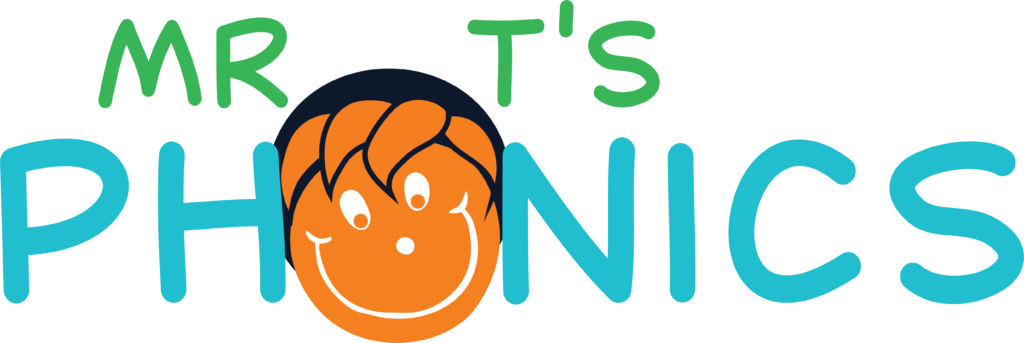
Your content goes here. Edit or remove this text inline or in the module Content settings. You can also style every aspect of this content in the module Design settings and even apply custom CSS to this text in the module Advanced settings.
Introduction to Phonics
Phonics is a method of teaching children to read and write by developing their ability to recognize the sounds and symbols of the English language. It is a systematic approach that teaches children the relationship between letters and the sounds they represent.
The English language is made up of 44 sounds, known as phonemes, and each phoneme is represented by one or more letters. Phonics is the method of teaching children how to recognize these sounds and their corresponding letters. The goal of phonics is to help children become fluent readers and spellers by developing their phonemic awareness.
Phonics is an essential part of reading and writing development, and it is often taught in primary schools. Teachers use a range of strategies to teach phonics, including flashcards, games, and worksheets. The most common strategy is to use a set of letters or sounds to introduce new phonemes to the children.
How to Learn Phonics
There are different approaches to teaching phonics, but the most common one is known as the synthetic phonics approach. This method teaches children to read and write by breaking down words into individual sounds or phonemes. Children are taught to recognize the individual sounds of words and then blend them together to read the word. For example, the word ‘cat’ is broken down into three phonemes: /k/ /a/ /t/, and children learn to blend the sounds together to read the word.
Phonics can be taught in many different ways, and there are a variety of resources available for teachers and parents to use. Phonics workbooks, games, and online resources are popular tools for teaching phonics. Phonics apps, videos, and songs can also be useful tools for reinforcing phonics concepts.
Benefits of Learning Phonics
The benefits of phonics are numerous. Phonics instruction has been shown to improve children’s reading and writing abilities. Children who have a strong understanding of phonics are able to read and write with more fluency and accuracy. This skill can help children excel in other areas of learning, as well. Children who have strong phonics skills tend to have a better grasp of grammar and syntax, which can help them write more effectively.
Phonics is also an excellent tool for children who struggle with reading and writing. Children with dyslexia, for example, often have difficulty recognizing and blending sounds together. Phonics instruction can help these children overcome their difficulties by breaking down words into individual sounds and teaching them how to blend the sounds together.
Conclusion
Phonics is a vital skill for children to learn, and it is an essential part of their education. With proper phonics instruction, children can become fluent readers and writers, which can set them up for success in their academic and professional lives. Parents and teachers can support children’s phonics learning by providing a range of resources and activities that help reinforce phonics concepts. With the right tools and guidance, children can develop strong phonics skills and become confident and successful readers and writers.






